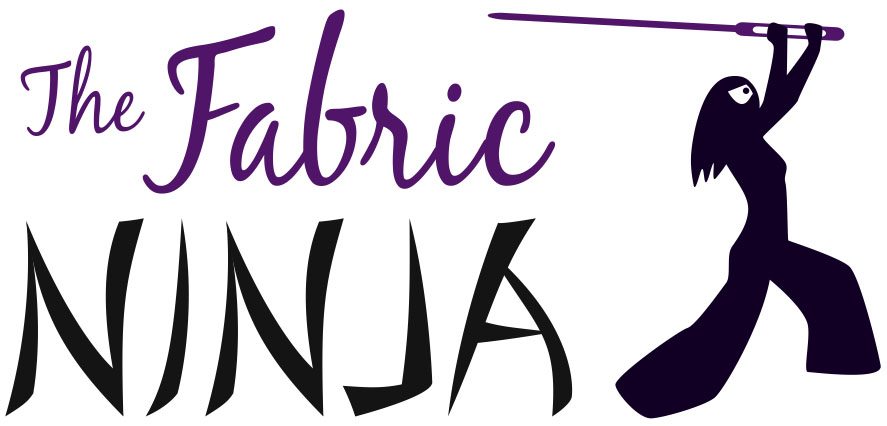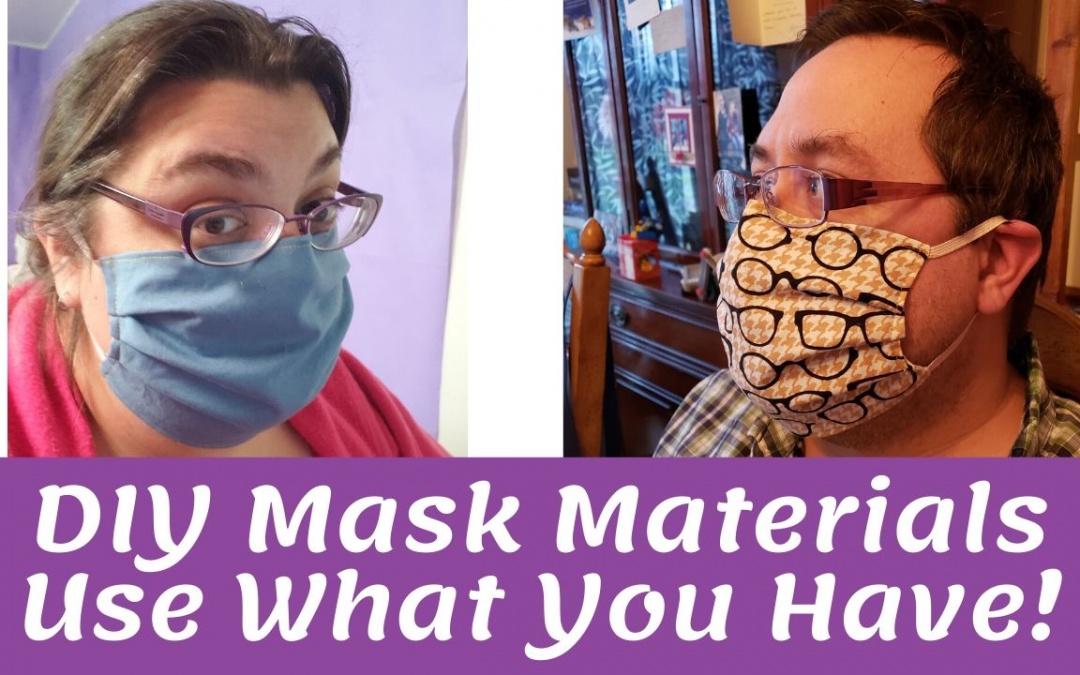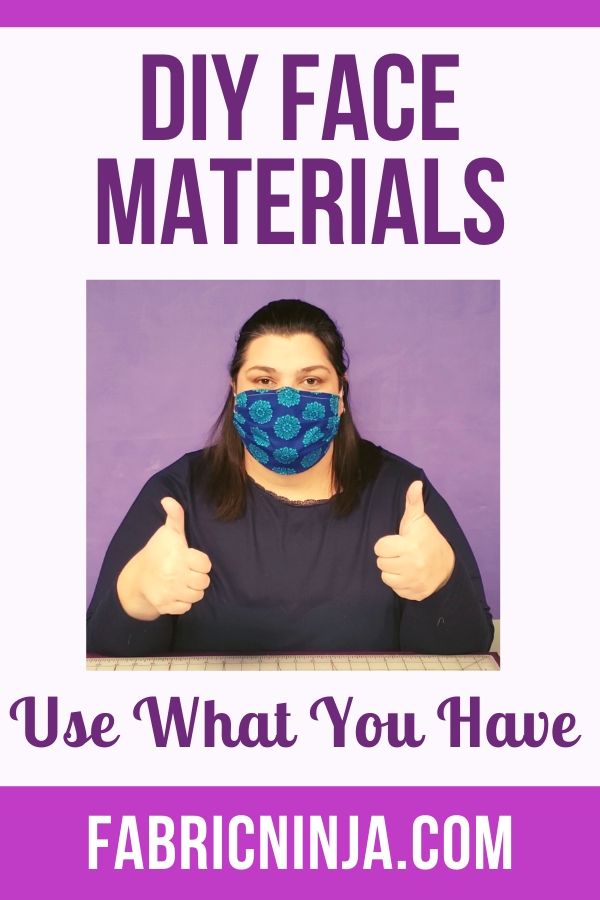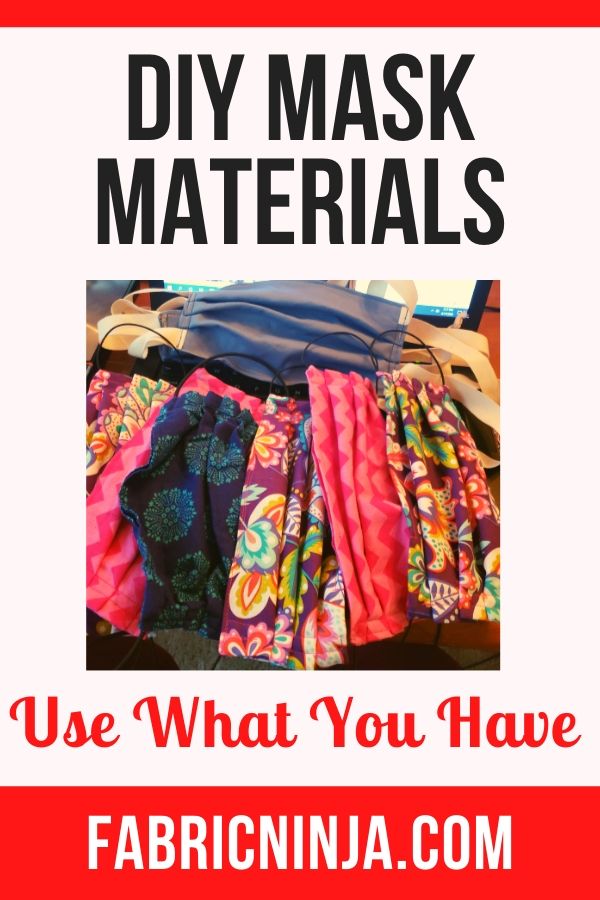Holy cow there is a lot of information out there about DIY face masks and filters. Here is the gist, masks are in short supply for healthcare professionals. The CDC says that cloth masks are better than nothing. So let’s get to making some to help protect medical works, extend the life of N-95 masks, and for immunocompromised people. Heck, everyone can wear a DIY face mask if they want.
Disclaimer: I’m not a medical professional or scientist. I’m a seamstress with an MA in Museum Studies. I am simply taking information from a ton of places and sticking it in one place. I’ll add links to the original sources of information.
Note: This document is an overview with links. To dig deeper go here “Open Source COVID19 Medical Supplies”
To join in the conversation and find fellow crafters, try one of these Facebook groups:
- https://www.facebook.com/groups/opensourcecovid19medicalsupplies/
- https://www.facebook.com/groups/reliefcraftersofamerica
- https://www.facebook.com/groups/asksformasks/
- https://www.facebook.com/groups/884127602057599
The World is Quickly Changing!
Do you want updates? Information on this page may change as we learn more cloth masks and filters. If you would like to be kept up to date, please subscribe to my newsletter. You will get updates on this page, as well as simple sewing projects, and get access to my sewing resource library “freebie library”. Interested? Sign up below.
Newsletter Subscribe
Fabric masks? Are you crazy?
N-95 filter masks are the hospital standard when dealing with infectious disease. When these masks are not available or are in short supply, the CDC says that cloth masks are better than nothing.
Fabric masks without filters can be used on their own or over medical masks to make them last longer by protecting them from contamination. When body fluids come in contact with a mask it should be discarded. A fabric mask covering the medical mask saves the medical masks which are in short supply. Some medical workers, like EMTs are only issued one N-95mask a day. The fabric mask can be thrown in the hospital or home laundry and used again after washing and drying on high heat.
Masks are in short supply for healthcare professionals, and some hospitals have reserved all medical grade masks for the COVID-19 outbreak. Other areas of the hospital that normally use masks are not getting any. Fabric masks will be a great help here as well.
As mentioned above, fabric masks can be used on their own or with a filter. The outside of masks should be made of 100% cotton fabric to withstand the washing and drying that is necessary to clean them. Materials like quilting cotton, sheeting (old sheets) are ideal. Other materials like t-shirts, and dish towels can also be used at home, but are not what hospitals are requesting.
About 1/2 of Hospitals are requesting an opening for a filter at this moment. I am working with a group of nurses who have asked for a filter opening.
Want to make a mask?
You can find mask instructions here. These instructions are specifically for batch sewing, making lots of them as quickly and efficiently as possible. Want to make a clear front Smile Mask go here. You may also want to read about mask designs that have been reviewed and approved.
Also Olson mask. Instructions and patterns here. Or download zip file with Olson Mask SVG cut files.
This is a video talking about a bunch of mask making materials you may already have at home.
A good fit on a mask is important to make it all work. Creating a seal around the nose and mouth are crucial – if the air can easily move around the sides of the mask, it will. Consider adding a metal piece over the nose for a better fit. Once you’ve finished your first mask, try it on and look in a mirror to evaluate what adjustments need to be made either in construction or in fit.What do you use as a filter?
If you are making a mask for yourself or if the medical staff you are working with want a filter, you have several options. The factors you need to think about are breath-ability, filtering, and comfort. Breathing is the most important part. Make sure you can breath through the mask — don’t suffocate yourself.
New info: Blue shop towels can filter .3 micron. This is as good as an N-95 mask. Although it’s not known in it actually catches the virus. So if you have shop towels, that is the easy answer. 2 layers, and can wash 3 times with no loss of effectiveness. Link to study
- Blue Shop Towels – The two brands they tested were ToolBox’s shop towel and ZEP’s industrial blue towel.
- Paper towels can increase filtering of a mask by 10%
- Non-laminated (no water proof) reusable grocery sacks
- 1 or 2 layers of tea towel
- 1 or 2 layers of t-shirt
- Vacuum cleaner bags – Can be hard to breath through.
- Coffee filters
- HEPA Furnace filter – This option is complicated. Some filters have fiberglass which can damage your lungs. Please use cation and do your own research. This filter is being requested by Rochester area health Care staff.
Materials that are not ideal mostly due to their open weave include silk and linen.
Tell me more about filters
This is from the CDC Link here:
The selection of N-, R-, and P-series filters depends on the presence or absence of oil particles, as follows:
If no oil particles are present in the work environment, use a filter of any series (i.e., N-, R-, or P-series).
If oil particles (e.g., lubricants, cutting fluids, glycerine, etc.) are present, use an R- or P-series filter. Note: N-series filters cannot be used if oil particles are present.
If oil particles are present and the filter is to be used for more than one work shift, use only a P-series filter.
Note: To help you remember the filter series, use the following guide:
N for Not resistant to oil,
R for Resistant to oil
P for oil Proof
Selection of filter efficiency (i.e., 95%, 99%, or 99.97%) depends on how much filter leakage can be accepted. Higher filter efficiency means lower filter leakage.
The choice of facepiece depends on the level of protection needed–that is, the assigned protection factor (APF) needed.
So, 100 is a better filter than 95, but making a mask or a filter that is “better” doesn’t mean that the mask will work better, that has to do with fit and design.
Where to Donate
Making masks to donate?
Ask your community. Know a nurse, doctor, or EMT? Ask them if they need masks or if their department does. Keep things as local as possible and save on postage.
Don’t just show up at a hospital with masks or other supplies. Make sure you have arranged drop-off with the hospital so that they are expecting and want your delivery. They will arrange for you to deliver them in a safe way.
The Relief Crafters of America are coordinating mask needs. You can request masks or find where to send masks in this document.
Donate supplies?
If you have fabric find crafters who need supplies in one of these Facebook groups:
- https://www.facebook.com/groups/opensourcecovid19medicalsupplies/
- https://www.facebook.com/groups/reliefcraftersofamerica
- https://www.facebook.com/groups/asksformasks/
- https://www.facebook.com/groups/884127602057599
If you have medical supplies go to this document to see what hospitals need them. If a hospital close to you is not listed, consider calling your closest hospital.




Is it okay to use a polyester microfiber sheet to make the face masks?
There is some research that suggests yes. I have not tired it out yet. They may be a bit warmer than cotton. Just check that you can breath through them easily.
Hi there! Thank you for all your research and sharing the information. Looks pretty through! There has been local interest in using cut-to-size hepa-filter vacuum cleaner bags as inserts to the reusable face masks containing pockets. What are your thoughts on that? I don’t imagine they are carcinogenic. But?? Thanks again!!
One thing I will say, it’s darn hard to breath through all those layers. I honestly cannot breath through any of the masks. I’m glad my career doesn’t depend on it!
Is using Mellon as a filter for the face masks ok?
Is using Mellon as a filter for the face masks ok?
I’m not familiar with this product. Can you maybe post a link or give me at more of a name.
I subscribed but the link for the code doesn’t give me a code at all even if I click on have a coupon.
I have replied to your email
I believe Jennifer is asking about Pellon, as in Pellon Interfacing.
Pellon…ah yes, that’s an easy typo to make.
So Pellon is a brand and comes in many types. Non-woven and non fusible is what you want to be looking for.
Cut-away or Tear-away stabilizer is a great example of an interfacing that would work.
Looking at the Pellon Chart #30 and #40 would be good options. You can also put sew-in fleece inside, but that may be extra warm.
Why can’t you use fusible non-woven Pellon interfacing?
Most people don’t recommend using fusible because you would be breathing possible fumes from the the adhesive. Other people have had not problems with it. So, it’s pretty much your call. Just make sure you can breath through it. As the adhesive might make it hard to breath through.
Hi – Just tried to get directions on using plastic fork to make pleats but the sight would not come up. Is it available elsewhere? Thank you.
Not sure what is up with the site, but you can also see it here.
https://youtu.be/fnMIo_m_WSw